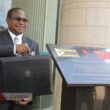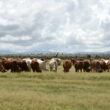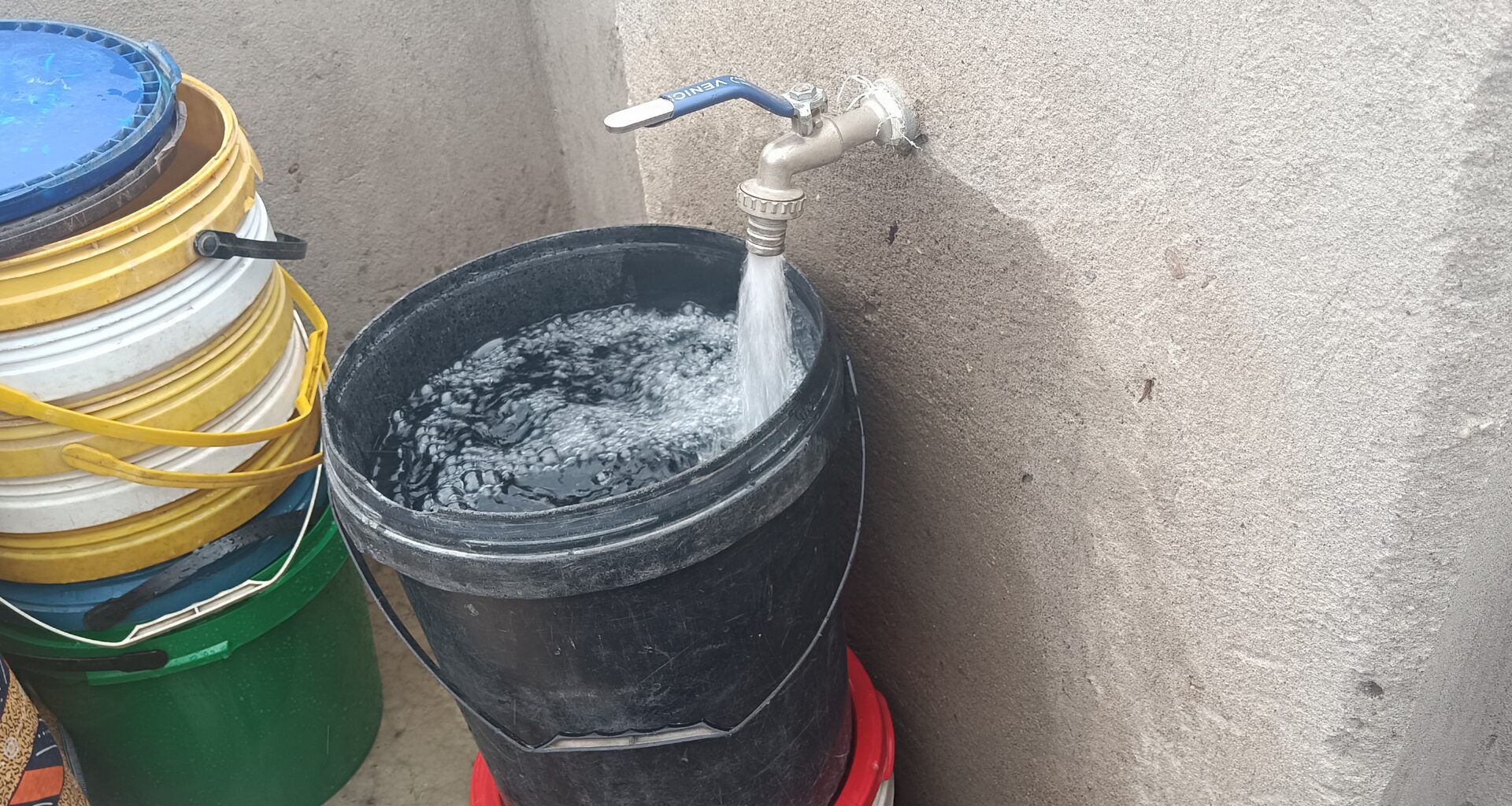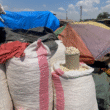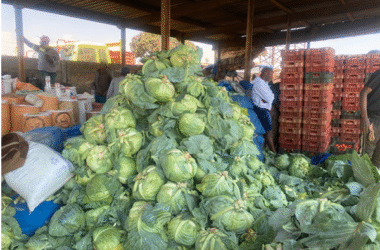By Conrad Mwanawashe, recently in Mount Darwin
ON their arduous way to the promised land, the Israelites grumbled against Moses, their leader. In the wilderness, they found no water. When they finally reached Marah, where water awaited, it was bitter and undrinkable.
This ancient story from Exodus 15 echoes vividly in the Chisodza area of Gomo Village, Dande, in Mount Darwin.
“Some partners had drilled a borehole for the community, but the water was bitter. We could not drink it,” said Nelson Chimweta, a veterinary officer for Ward 3.
Mount Darwin district, located entirely under the Pfura Rural District Council, faces significant environmental challenges.
About 80% of the district lies within agro-ecological zones 4 and 5—regions plagued by low rainfall (600-800mm), poor soils, and scorching temperatures. Only 20% of the district benefits from the more favorable zones 2 and 3.
The water crisis grew so severe that even Gomo Primary School struggled to retain teachers.
Then, like the biblical solution at Marah, salvation arrived. Welthungerhilfe (WHH), a German aid agency, stepped in—not just to improve the water quality but to introduce an integrated Village Business Unit initiative.
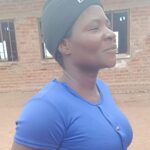
“We used to consume unclean water from a riverbed we shared with cattle. It was smelly and unsafe,” recalled Tarisai Chirozva.
The daily hunt for water defined life in Chisodza.
“We used to leave home very early and travel long distances,” she added. “This separation bred distrust and sometimes led to gender-based violence.”
WHH implemented its People First Impact Method (P-FIM), a community-led approach to finding sustainable solutions. This method begins with extensive consultations to identify local challenges before designing interventions.
“During consultations, we document all the challenges the community highlights,” explained WHH Field Officer Tamuka Betserai. “After analysis, we re-engage the community to discuss potential interventions and the support they need.”
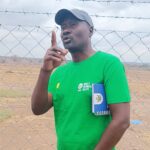
The collected insights were incorporated into a district action plan. When a drought was predicted, the Mount Darwin community requested solutions like dip tanks, stockfeed, drought-resistant grains, piped water schemes, and nutrition gardens.
“We were fortunate the Bauer Foundation had funds for drought response, which aligned with our plan,” said Betserai. “The funding enabled us to establish piped water schemes and village business units.”
For Gomo Primary School, the intervention was transformative.
“We were losing teachers because of water challenges,” said Deputy Headmaster Farai Muzondo. The new system reversed that trend.
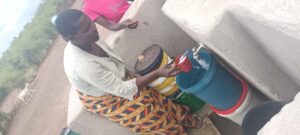
Margaret Marwirokuwa shared her experience of life before the intervention. “Life was hard,” she said, moving one of the buckets she had filled at a new water point. “Now, I’ve brought seven buckets. The point opens at 1400hrs, and there’s no limit. This is a great relief for us.”
Previously, the boreholes produced bitter water or yielded barely 0.28 liters per second. “Water from the new system is safe for drinking,” confirmed Chimweta.
The breakthrough came from a rehabilitated well along the sand-filled Mukumbura River. The nine-meter-deep well utilizes a sand abstraction system.
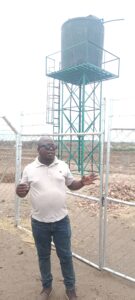
“This source yields about 2 liters per second, providing roughly 7,000 to 8,000 liters per hour,” said Nyasha Kudenga, a WHH WASH Officer.
“In partnership with the rural district council, we designed a system serving about 1,300 people, including 500 learners at the local school.”
The system holds 35,000 liters, supplying a dip tank, cattle trough, and a one-hectare garden.
Farmers have already planted maize, okra, and vegetables, and plans for a fishpond are underway.
The transformation has brought renewed hope to the village.
The water is no longer bitter.
“This water is safe for drinking because the system uses the natural process of sand filtration,” Kudenga noted. “We added an in-line chlorinator for purification and work with the Ministry of Health to monitor water quality.”
The Chisodza Village Business Unit now includes 30 households farming the one-hectare plot.
“We are now living healthy lives, drinking safe, clean water,” said Chirozva. “Our elders and people with disabilities can access water from points much closer to their homes.”
Aligning with Goal 6: Clean Water and Sanitation for All
WHH’s intervention is a shining example of how local and global efforts can work together to achieve Sustainable Development Goal 6, which aims to ensure access to clean water and sanitation for all.
By establishing a piped water system that is safe and reliable, WHH has directly addressed the need for equitable access to clean drinking water—a fundamental target within Goal 6.
The intervention also prioritizes sustainability, an essential element of Goal 6.
By using innovative sand filtration techniques and rehabilitating natural water sources, WHH has ensured that the system will remain functional for years to come, even in the face of Mount Darwin’s challenging climate conditions. This aligns with the SDG’s focus on improving water quality and increasing water-use efficiency.
Additionally, the inclusion of marginalised groups, such as elders and people with disabilities, highlights WHH’s commitment to leaving no one behind.
This approach not only reduces inequalities but also strengthens community resilience, ensuring that everyone has an equal opportunity to benefit from clean water and improved sanitation.
By empowering local communities to take ownership of these solutions, WHH has laid the groundwork for long-term success and progress toward achieving Goal 6.


